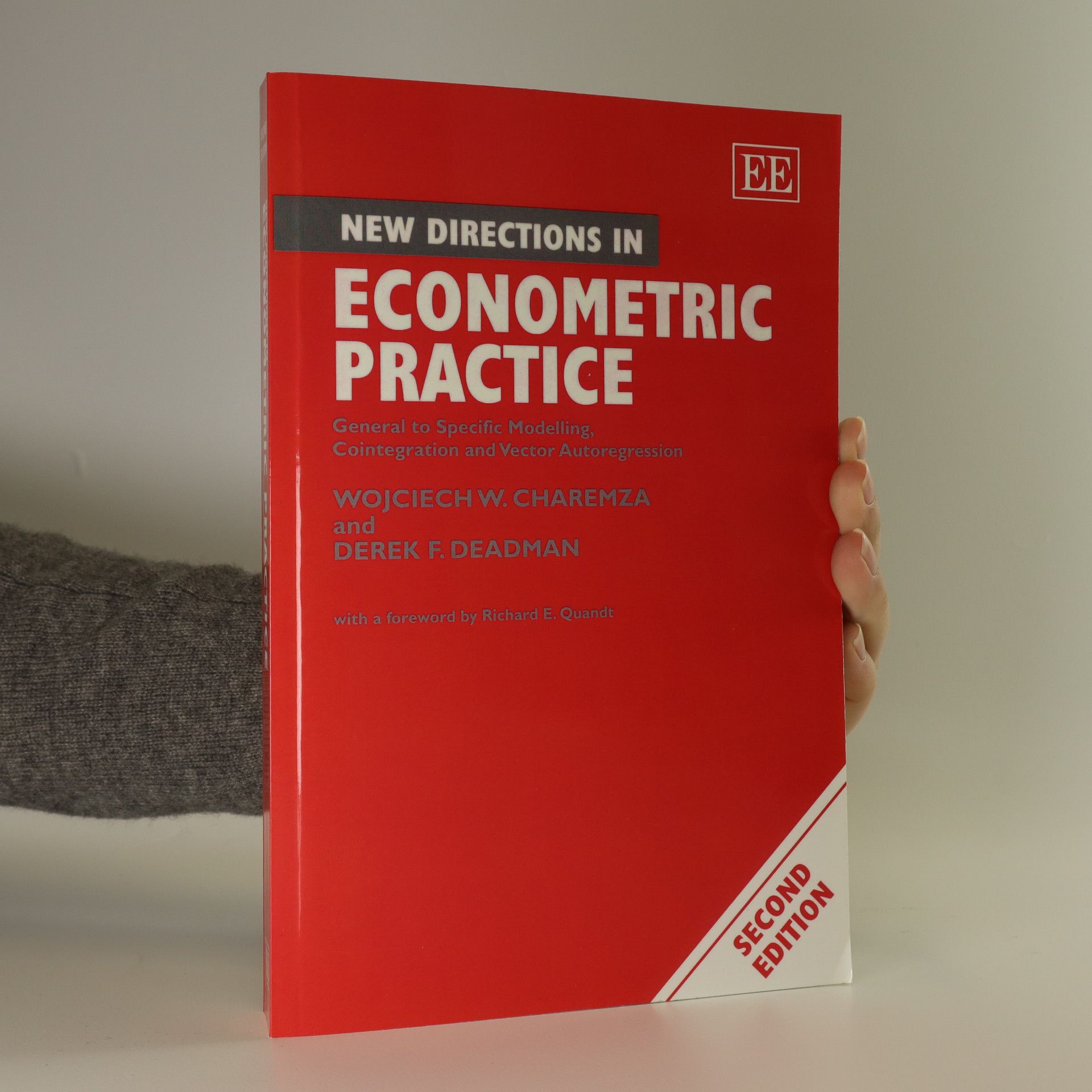East European transition and EU enlargement
- 398pagine
- 14 ore di lettura
In March 1998, the European Union initiated the accession process for significant enlargement, with ten Central European countries—Bulgaria, the Czech Republic, Estonia, Hungary, Latvia, Lithuania, Poland, Romania, the Slovak Republic, and Slovenia—submitting applications for membership. This unique process garnered attention from economists and policymakers, yet there remains a notable lack of literature employing quantitative research methods. This gap is largely due to the novelty of the transition and accession processes in economic sciences, the under-researched methodologies, and the limited and often unreliable statistical data from Central and Eastern European countries. While these challenges may seem daunting, they also present opportunities for exploration. To address this, a research seminar was organized to focus on the methodology and quantitative analysis of the transition and pre-accession processes in Central and Eastern Europe. The seminar, titled "East European Transition and EU Enlargement: a Quantitative Approach," was held in Gdansk in June 2001 and was co-hosted by the Macroeconomic and Financial Data Centre at the University of Gdansk and the University of Leicester. This edited volume comprises papers developed from the seminar discussions.

